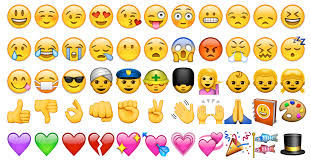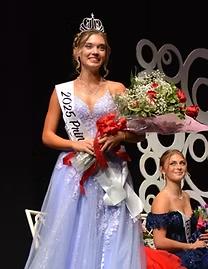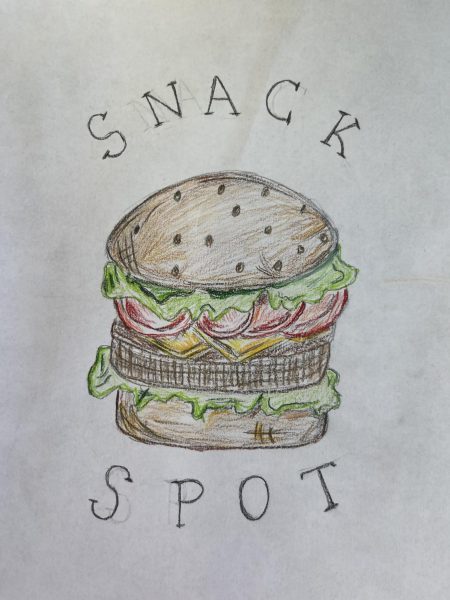Students “heart” Emoji

Provided by https://www.google.com/search?surl=1&q=emoji&safe=active&rlz=1C1GCEA_enUS863US863&source=lnms&tbm=isch&sa=X&ved=2ahUKEwjxpeHt-efmAhUwo1kKHRYMDCIQ_AUoAXoECBEQAw&biw=1920&bih=888#imgrc=M9HokmuBcyjC6M:
Emoji are picture images that users can use to express their emotions, make jokes or use in combinations to make different meanings. According to CityMac, a tech blog, emoji were created in Japan in 1999 by Shigetaka Kurita while working for the Japanese communication company, DoCoMo. He wanted a way to send pictures back and forth without using much data.
Behind the Emoji
Worldwide cellular users have over 3,000 different emoji (including the different skin tones) available at their fingertips, with each having a different meaning. We looked at some of the ones the Panther Press staff liked best.
*Facts on Emoji origins and meanings from emojipedia.org
Emoji:

Variant:

Name: Face with Tears of Joy
Meaning: The face with tears of joy emoji represents intense laughter or hilarity.
When it became an Emoji: 2010
Fun Fact: It was one of the top ten most used emoji from 2014-2018. The emoji was also named as “Word of the Year” in 2015 by Oxford Dictionary and was the first emoji or pictograph to receive Word of the Year.
Milton Junior Riley Lewis said her favorite emoji is the laughing crying emoji. “I like telling people what they said was funny,” she added.
Emoji:
 Name: Pile of poo
Name: Pile of poo
Meaning: The poo emoji represents feces. It can also stand for different slang terms.
When it became an Emoji: 2010
Fun Fact: According to a “New York Times” article from Dec. 2012, some design elements from the ice cream emoji were reused when making the poo emoji.
Emoji:

Name: Partying Face
Meaning: The party face is used to celebrate different occasions like a birthday.
When it became an Emoji: 2018
Junior Nina Santiago, said she uses the Party Face when saying something that involves a party.
Emoji:

Name: Woozy Face
Meaning: The woozy face is most commonly used to represent intoxication, but it can also be used to represent irritation or disgust.
When it became an Emoji: 2018
“I use this emoji to say ‘I don’t know about that,’” Sophomore Mackenzi McBride said.
Emoji:

Name: Upside-down Face
Meaning: The upside-down face emoji is most commonly used to represent sarcasm, but it can also represent a sense of silliness.
When it became an Emoji: 2015
Sophomore Olivia Rohland said she uses the upside-down face when she is saying something in a sarcastic way.
Emoji:

Name: Pleading Face
Meaning: The pleading face is used to mean begging or pleading, but it may also be used for adoration.
When it became an Emoji: 2018
According to Freshman Fallon Waughen, her favorite emoji is the pleading face. “I think it’s really cute,” she added.
Emoji:

Variant:

Name: Spouting Whale
Meaning: The spouting whale is used to portray an affectionate tone.
When it became an emoji: 2010
The whale emoji is my personal favorite because I think it’s really cute. I typically use the emoji as a thank you or to show happiness.
The heart emoji



Including the different faces, there are 29 different heart emoji, including 17 normal hearts of various colors. So what do they all mean?
“I use the blue heart because it is my favorite color,” Sophomore Laurel Bower said.
For example, the red heart is a basic symbol of love and affection, the black heart represents dark humor and sorrow and the beating heart, represents a feeling of strong love according to emojimeanings.net (a website similar to emojipedia).
“I use the red heart the most because I feel that it sends more of an empowering love than another heart,” Junior Angela Santiago said.



